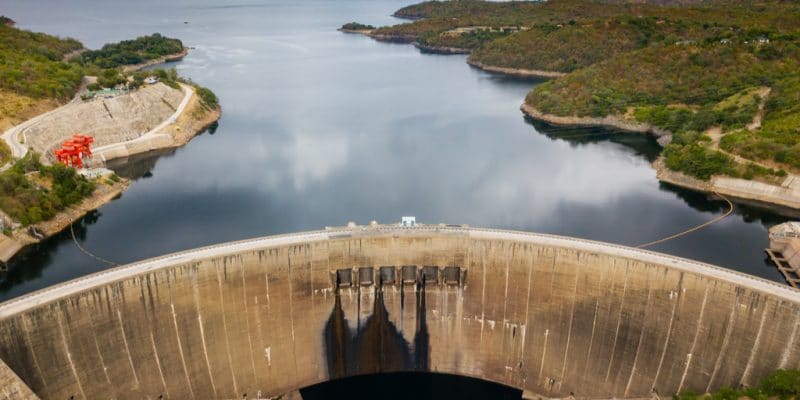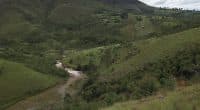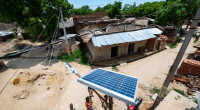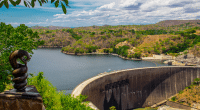A consortium composed of GE Hydro France, a subsidiary of the American giant General Electric, and Freyssinet International, owned by Frenchman Vinci, has recently secured the contract to rehabilitate the spillway at the Kariba hydroelectric dam, which supplies electricity to Zimbabwe and Zambia.
The project to rehabilitate the Kariba Dam on the Zambezi River in East Africa is progressing. Following an international call for tenders, the Zambezi River Authority (ZRA) awarded the rehabilitation of the spillway at this large dam to a consortium of two companies. These are GE Hydro France, a company based in Boulogne-Billancourt, a subsidiary of the American group General Electric, as well as Freyssinet International, based in Rueil-Malmaison and a subsidiary of the French giant Vinci.
The contract that these two companies have just won represents a value of more than $53.6 million. This shows the importance of the spillway at the Kariba hydroelectric dam. According to the ZRA, “the rehabilitation of the spillway will ensure the safe long-term operation of the Kariba Dam for many years to come, and the continued contribution of the dam to the energy security and economic prosperity of Zambia and Zimbabwe”.
Delivery of the project in 2023
GE Hydro France and Freyssinet International have until 2023 to complete the rehabilitation of the spillway at the Kariba hydroelectric dam. The two partners have already started installing the equipment on the project site and are expected to continue gradually over the next 10 months.
The spillway of this water retention consists of six gates located in the upper part of the dam’s concrete wall. It is from these valves that water is discharged into the diving basin to manage the water levels in the reservoir. This project is now on track, although at the height of the 2019 rainy season, the level of Lake Kariba is only 5 m above the minimum operating level instead of the usual 8 m at this time of year.
This situation logically leads to a decrease in electricity production. The production capacity of the hydroelectric power plant (1,626 MW) attached to this dam has already fallen by about 600 MW. The situation could worsen in the coming years if the water retention is not restored to its original state. The rehabilitation of the Kariba hydroelectric dam will require a total investment of $294 million. Financing is provided by the ZRA through equity and loans from the World Bank, the African Development Bank (AfDB), and the European Union.
Jean Marie Takouleu







